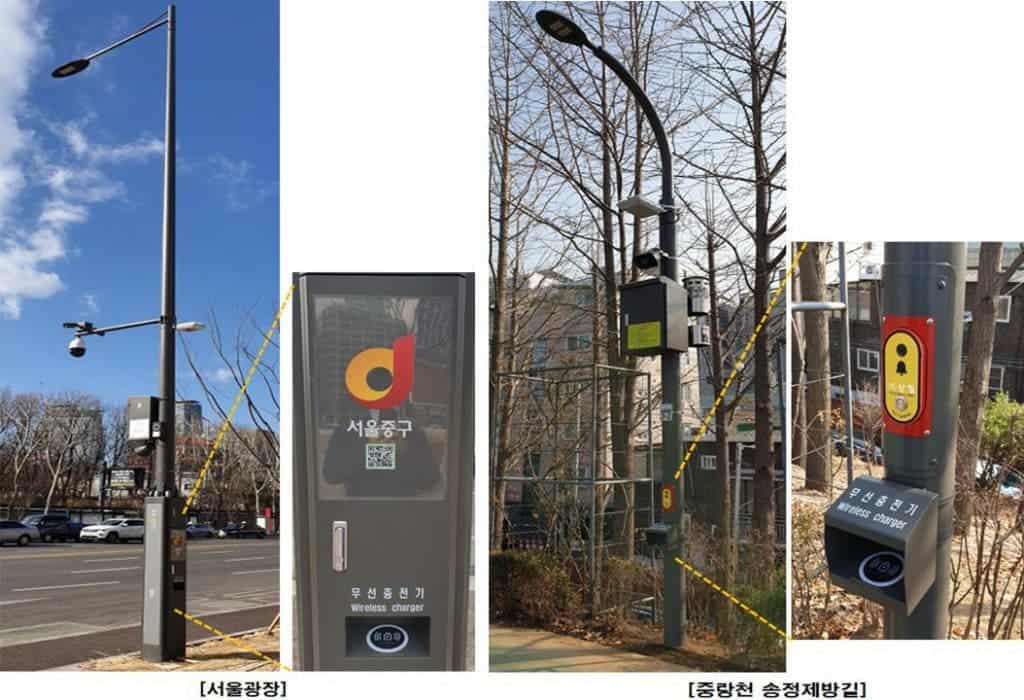If there’s one thing that all cities have in abundance, that’s street poles. They’re so common that most of the time we just don’t even notice them any more. Why should we? They usually serve just one function, to house a light fixture and maybe a couple of road signs. But what if the humble street poles could be upgraded and become much more useful?

Seoul, South Korea’s capital, has started to install a set of 26 smart poles in six areas of the city. They include a wide array of functions such as CCTV, WIFI access points, smartphone and electric vehicle chargers, traffic lights, and — of course — street lights. Each pole’s functions were customized to the needs of its location in the city.
But this is only the start. The city is considering adding extra functions to the poles in the near future so they can detect parking violations and can be used as chargers for drones. This is because Seoul wants to roll out drones across the city to “monitor potential disasters and emergency rescue efforts,” the city said in a statement. It’s a vision of the future, already hitting the streets.
The city’s government expects that the installation of smart poles in different neighborhoods will lead to the improvement of urban scenery through the integration of diverse facilities. They argued they will save the replacement cost by using the street facilities that have reached changing times and secure the safety of the facilities. Lee Won-Mok, Director General of Smart City Policy at Seoul Metropolitan Government, said in a statement:
“Smart poles are expected to improve urban landscapes and enhance the safety, welfare, and convenience for our Seoul citizens. They will also serve as charging stations for drones and electric vehicles, bringing the city one step closer to becoming a smart city.”
The smarter poles are part of a global shift towards multipurpose street infrastructure, as cities, vehicles, and citizens become more connected and smarter. Today’s remarkable advances in information and communication technology (ICT) have a great potential to upgrade our cities and making them truly smart cities.
Seoul’s government has been taking concrete action to this goal. Advanced ICT, including an intelligent transport system, a bus management system, and a global positioning system, allowed city planners to essentially reorganize and democratize traffic — leading to 70% of the city’s population using public transit. The city also adopted ICT and sensors to control the water levels in times of torrential rain and direct intervention. The smart design also takes advantage of South Korea’s internet connection, which is one of the fastest and most widely used in the world (96% of the country has access to internet).
Other cities and companies around the world are taking action. Bigbelly, a US company, has created a solar-powered, rubbish-compacting bin, which has been deployed in Europe, the US, and Australia. The bins have a sensor that activates the compactor, which crushes the rubbish. It can hold up to six times more rubbish than a standard bin.
In New York, the New York City Department of Transportation created a congestion management system that has improved travel times on Midtown’s avenues by 10%. The city also implemented the LinkNYC communications network, providing free Wi-Fi and device charging, and the MyNCHA app for housing residents to manage services online. It’s still early days, but some cities are taking big steps towards the future.


